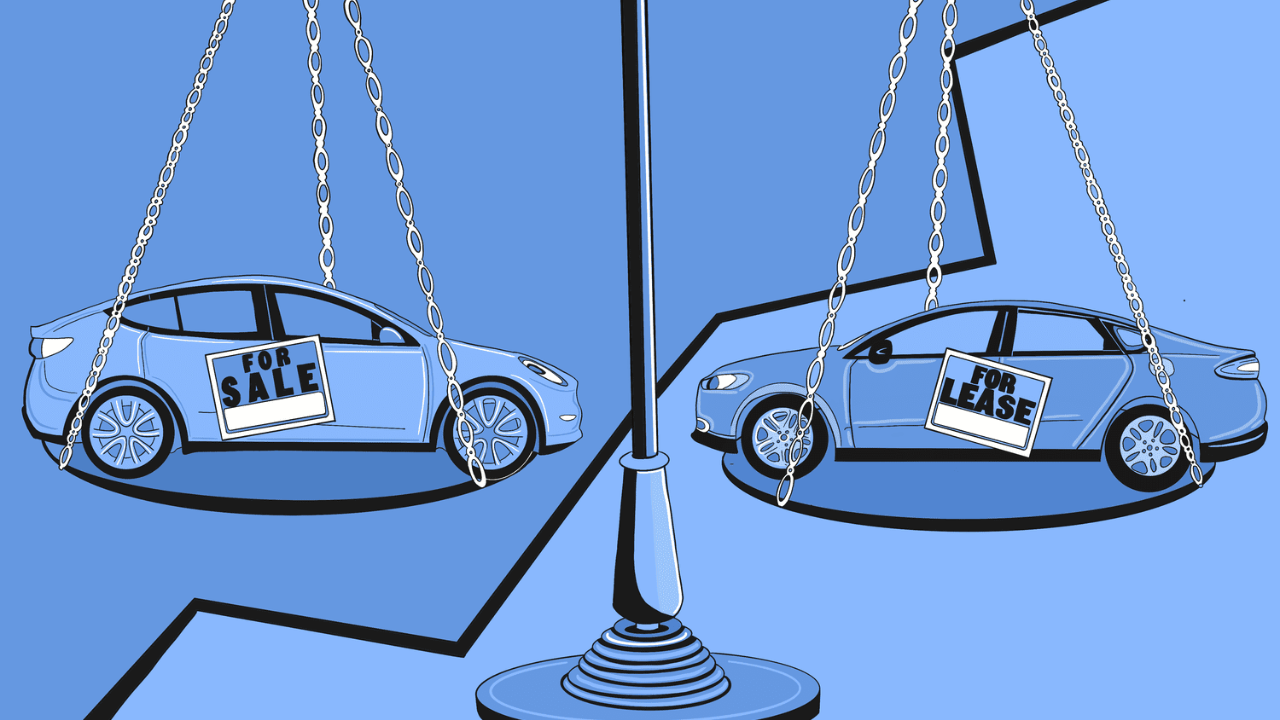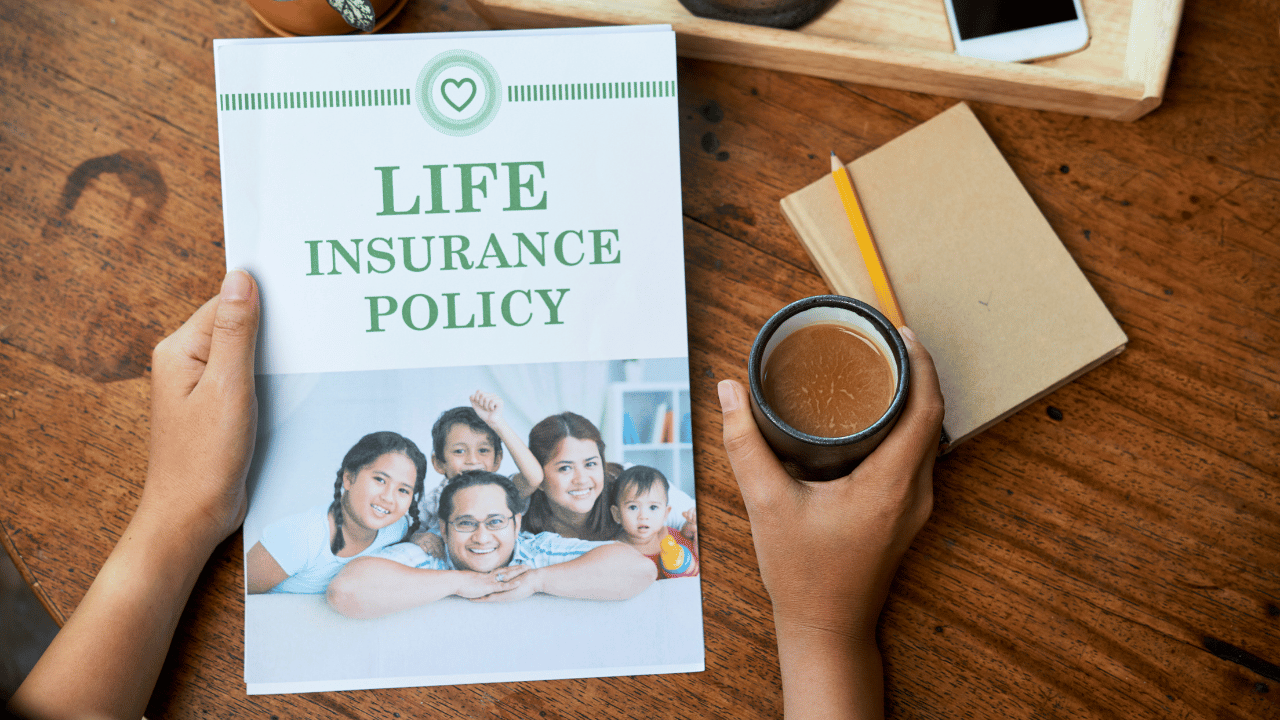Refinance Your Car Loan to Save Money
Refinancing your car loan can be a smart financial move if you’re looking to save money on your monthly payments or overall interest costs. By refinancing, you may be able to secure a lower interest rate, adjust your loan term, or improve your loan terms in other ways. In this blog post, we will explore the steps involved in refinancing your car loan to help you save money.

Assess Your Current Loan:
Assess your current loan situation by carefully evaluating your existing loans, interest rates, and repayment terms to make informed financial decisions.
Research and Compare Lenders:
Thoroughly research and compare lenders to secure the best loan terms and rates. Consider factors like reputation, reviews, loan types, and eligibility criteria.
Calculate Potential Savings:
Estimate your potential savings by analyzing the interest rates and terms offered by different lenders. Use online loan calculators or financial software to input your loan amount and interest rates to determine how much you could save over the life of the loan.
Gather Required Documents:
Collect essential documents like income proofs, employment details, and personal identification to expedite the loan application process. This preparation minimizes delays and ensures a swift and hassle-free application experience.
Apply for Refinancing:
Submit your loan application to the chosen lender, either through their online portal or in person if required. Be prepared to provide the gathered documents and answer any additional questions during the application process, moving you one step closer to potentially saving on your loan.
Conclusion
Refinancing your car loan offers the potential for lower monthly payments and reduced interest costs. To achieve this, assess your current loan, research lenders, calculate potential savings, gather documents, and apply for refinancing. Carefully review and choose the best offer to align with your financial goals. It’s a strategic move for financial relief and long-term savings.




















